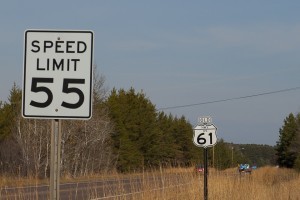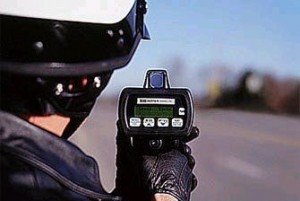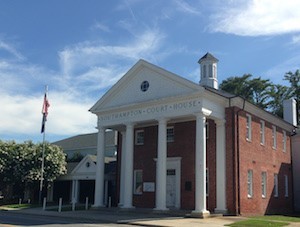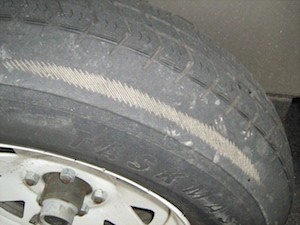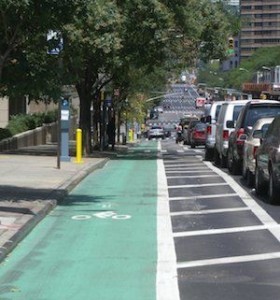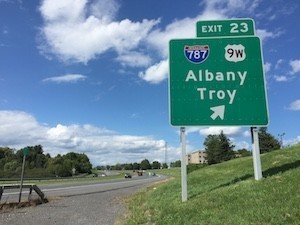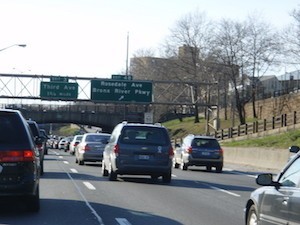
This article is part one of a two-part series that will explain the history of speeding limits, look at their function, reveal how they are determined, and attempt to explain why people seem so apt to disregard them.
The U.K. is often credited with instituting the first speed limit of 10 mph (16 km/h) in 1861, but the concept of speed limits had been around for far longer. In the U.S., speed limits can be traced back to the colonial era, though they were defined a little differently then than they are today.
Throughout the years, the safety of drivers, passengers, and pedestrians has typically been the primary objective of speed limits. Determining safe speeds can be tricky, though. It’s unclear how the earliest speed limits were decided, but more than 50 years ago, most states began using what’s called rational speed limits, also known as the 85th percentile rule.
With this method, traffic engineers measure the average speed vehicles move along a particular length of road. The speed limit is then typically set at the 85th percentile. This is done to ensure that 85% of drivers will be traveling under the speed limit, while 15% will be breaking the law. However, a myriad of other factors are often taken into account as well, including proximity to schools, the terrain and visibility (e.g., hills and curves), population density, presence of residential and commercial driveways, and more.
The theory is that speed limits should be designed around the speed that most drivers feel safe traveling. The term “rational speed limit” refers the belief that people will obey speed limits if they feel they are reasonable.
It may seem democratic to set the limit at the speed most people are going to drive anyway, but are those speeds reasonable? Furthermore, if the objective is safety, then the 85% rule assumes that the average speed on a given road is the safest, but is that actually the case? Research at the time the method was developed showed the biggest risk came from differences in speeds, not just excess of speed. Thus, encouraging people to drive at the majority-agreed-upon speed would, theoretically, cut down on accidents.
However, as Part II of this article will show, people do not generally drive at the optimally safe speed. In fact, drivers are notoriously bad at determining the safest speed for a given road. Moreover, if the goal of the 85th percentile rule was to reduce speed variations, it has failed. While it may have reduced speed variations, there is no evidence that the method has reduced traffic fatalities — and that’s due in part to the fact that neither speed limits nor safety are the primary factors influencing driver’s speeds. Next week we will look at why this is and what actually impacts driver speeds.
A conviction for speeding costs at least $150 plus an NYS surcharge of up to $93, and carries three points on your license. It can also increase your insurance premiums by hundreds of dollars. If you or a loved one has been caught speeding, it is imperative that you consult an attorney to help you avoid the costs associated with a ticket. The lawyers of the Rosenblum Law Firm are skilled New York traffic ticket attorneys who are experienced in handling tickets for speeding as well as other driving-related offenses. Call 888-203-2619 or email the Rosenblum Law Firm today for a free consultation about your case.
